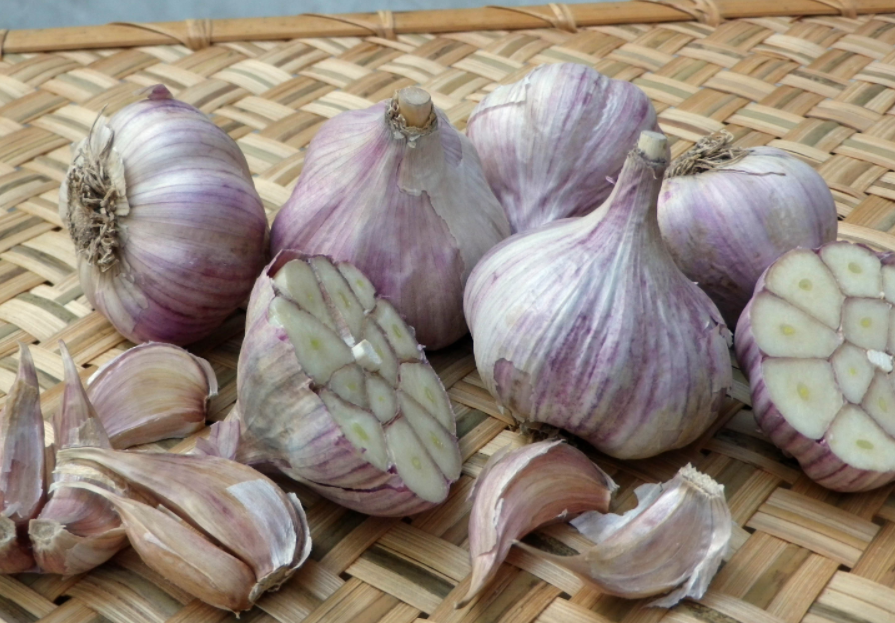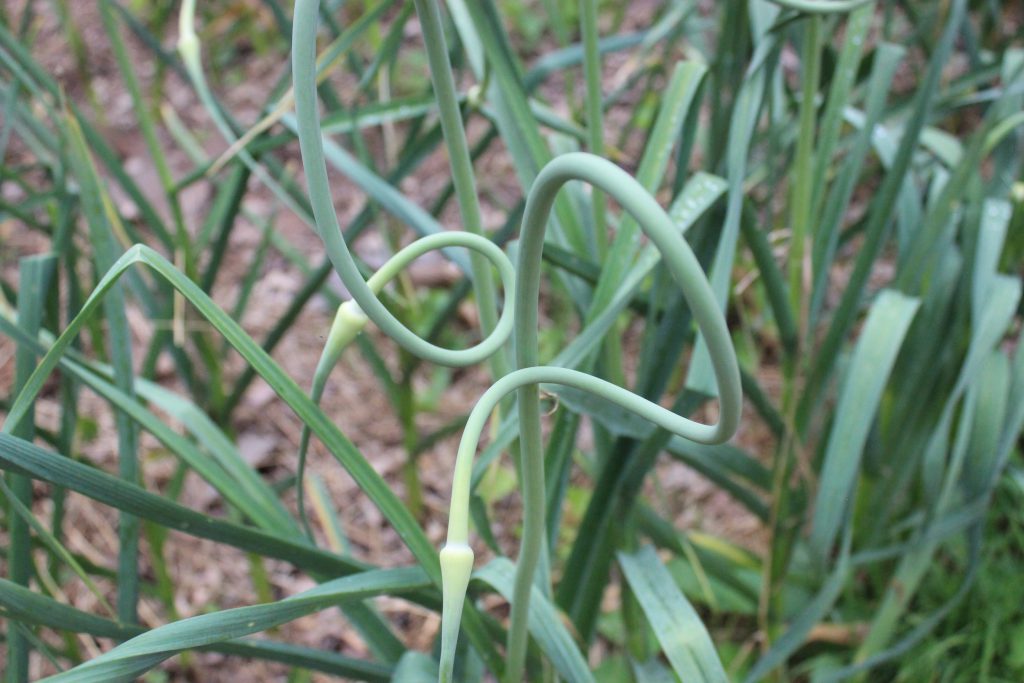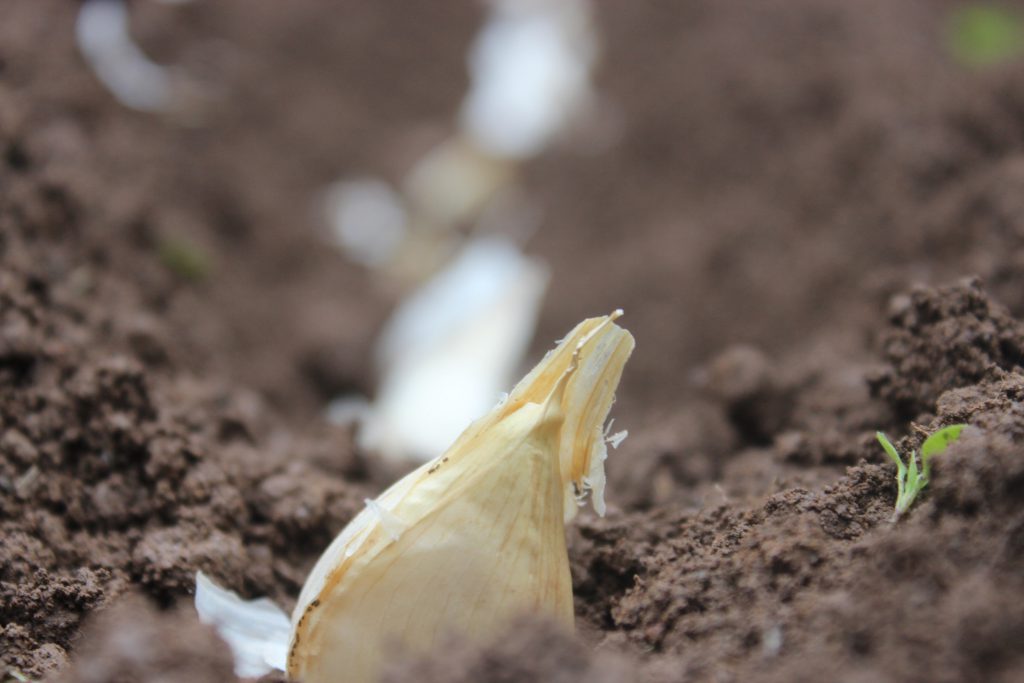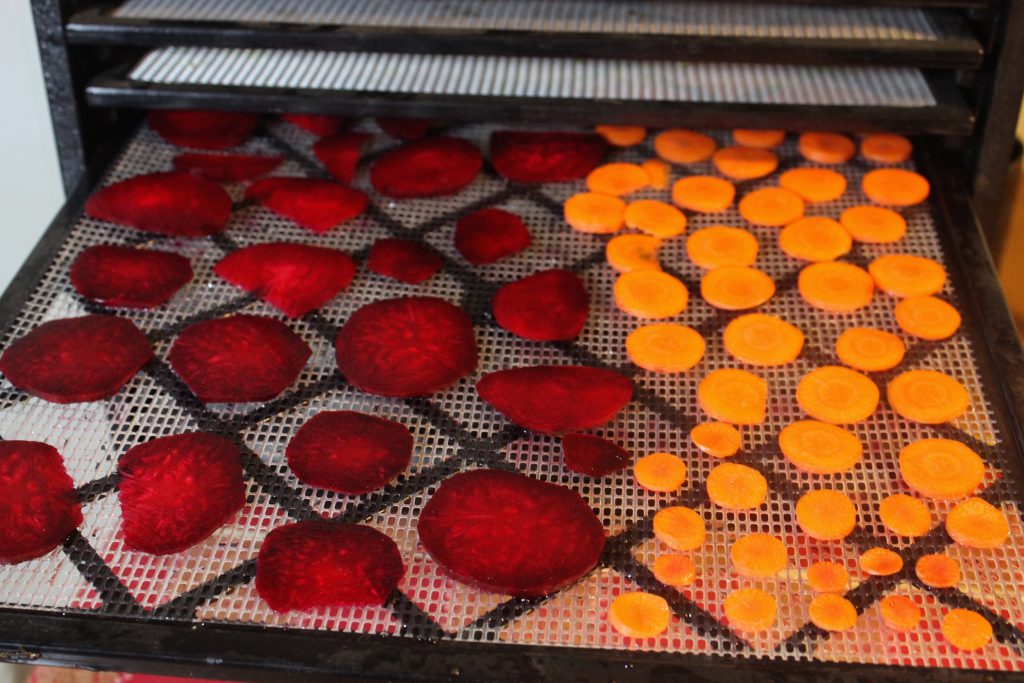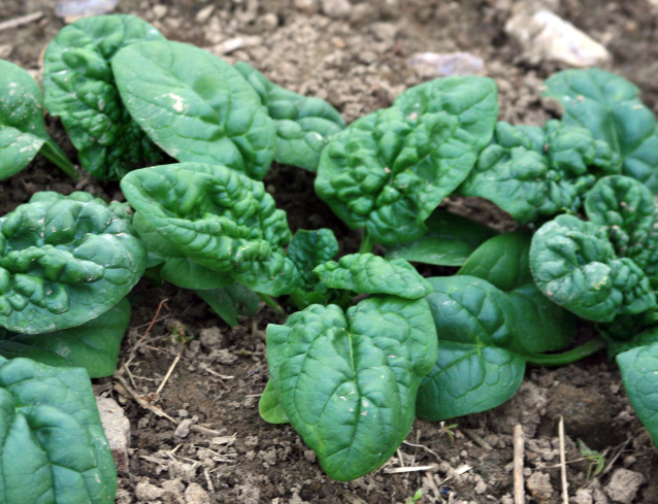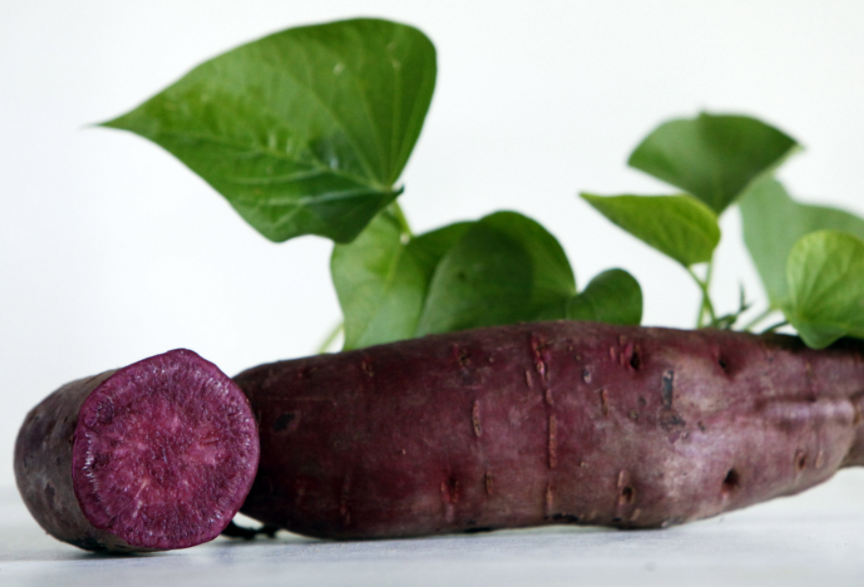For many fall seems like the time when things begin to wind down. It’s time for hot meals, enjoying the harvest, and snuggling up by the fire. However seasoned gardeners know that spending more time in your garden in the fall can lead to an easier spring. There’s still plenty of projects!
Sow fall crops.
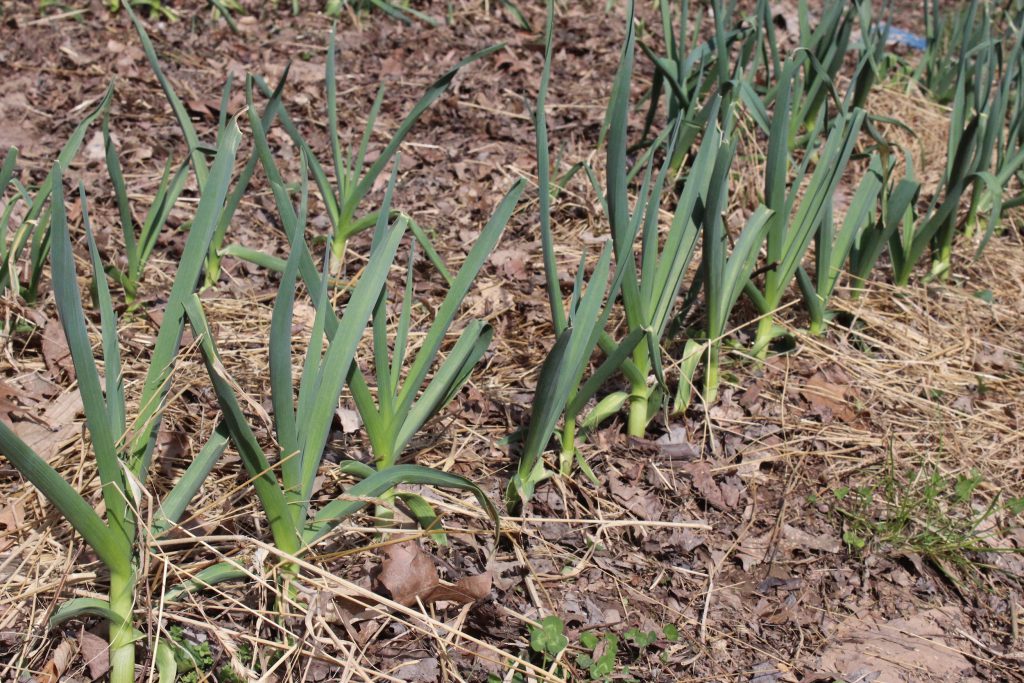
There’s actually many varieties that are great for fall planting. Plants like garlic and winter wheat do best with a start in the cool months of fall. There’s also many root vegetables like carrots, beets, radishes, and turnips that can provide a late harvest along with hardy greens like arugula, pak choi, spinach, and mustards. Depending on your zone you may need to use season extenders like low tunnels and cold frames to keep your garden alive in late fall and winter.
Make sure there’s no exposed soil!
This is super important to maintaining a healthy and productive garden. Leaving soil exposed kills off beneficial fungi, bacteria, and insects. It also makes soil vulnerable to erosion and allows weeds to get an early hold in the spring.
The best way to combat this is though the use of cover crops. You can find more about planting fall cover crops and Southern Exposure’s offerings from this article, Fall Cover Crops & Their Importance. You can even use some traditional food crops (like mustard greens) as cover crops! If you cannot plant a cover crop at least consider covering the garden in mulch such as old leaves, hay, straw, or shredded newspaper. These block weeds, provide habitat for beneficial insects, and hold moisture which is necessary for good bacteria and fungi to thrive.
Plant some perennials.
There’s also many perennials you can add to your garden in fall. Perennial onions and certain flower bulbs like crocuses and daffodils are great for fall planting. Many fruit and nut trees and bushes can be fall planted as well.
Mulch existing perennials.
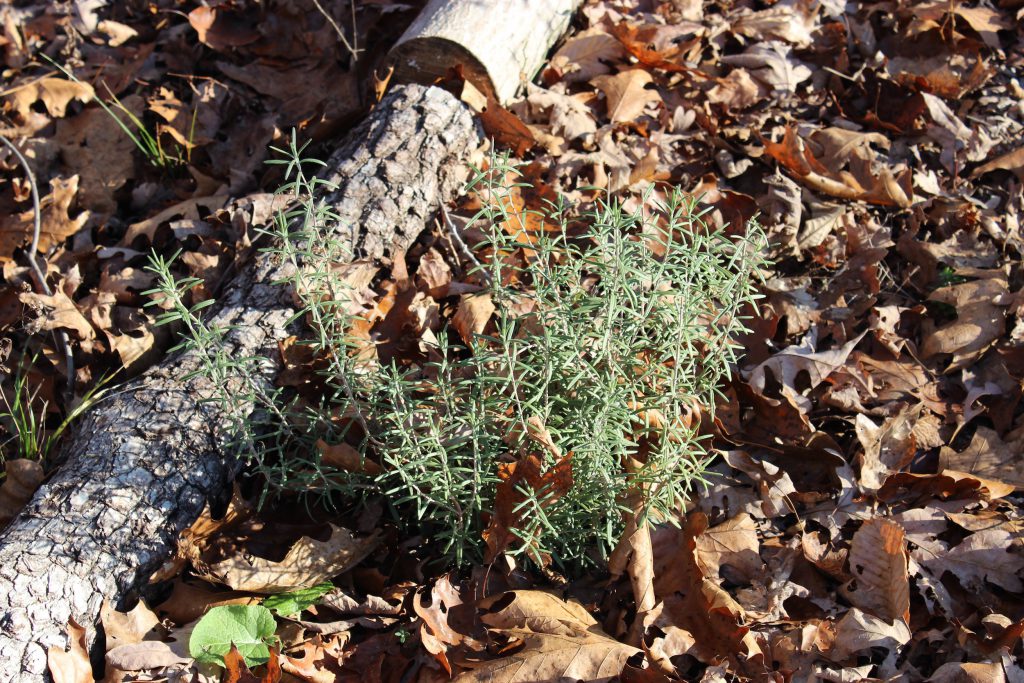
Placing mulch around the base of existing perennials can help prevent frost from reaching killing the roots (especially important with newly established plants). It can also help prevent weeds in the spring while you’re busy with spring planting and as it breaks down it will add nutrients to the soil. When mulching try to avoid making a thick “volcano” mulch mound around the trunk or base of the plant. Piles of mulch like this provide places for rodents to hid and chew on your plants.
Take care of your tools and equipment. Speaking of tools, you will definitely feel the need for a Cordless hedge trimmer for your garden, as this device works wonders in maintaining the aesthetics of your garden.
Fall maintenance can help keep your garden tools in tip top shape. Make sure to brush at least most of the dirt off your tools and sharpen any that need it. Some people use a bucket full of sand and old vegetable oil to plunge bladed tools (like shovels) into to get them extra clean and sharp after the big chunks of dirt have been removed. You may also want to sand down and rub linseed oil on any wooden handled tools that need it. Any equipment that uses fuel like rototillers should be drained or run out of fuel for winter. This is because leaving fuel for that long without running the equipment can plug up carburetors.
If there’s tools or equipment that need replaced or equipment which needs professional maintenance it’s best to get it over with in the fall without the pressure of spring planting looming.
Start Planning for next year.
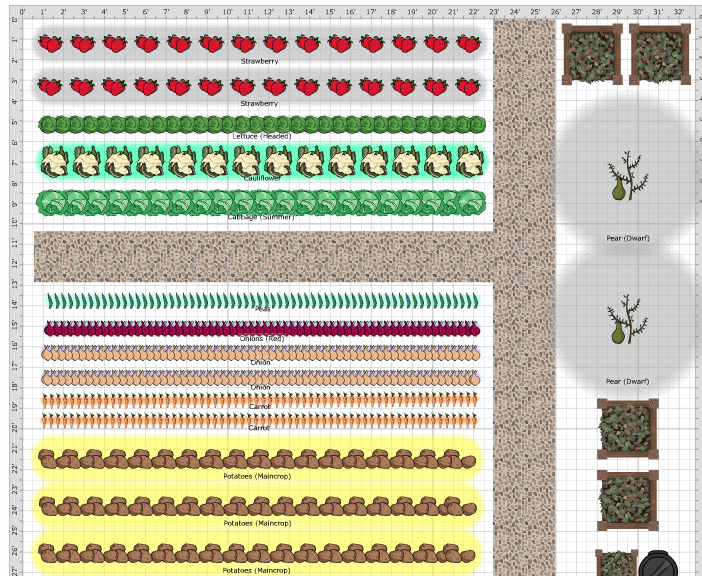
While not everyone may be enthused about having an extensive plan for their garden having a few basics mapped out can help you create an easier to manage and more productive garden. Planning should include looking at what seeds you still have or have saved considering what seeds you’d like to purchase and reconciling that with how much your garden will actually fit (not as many as anyone wants to believe). You should also consider a crop rotation including any areas that will be in cover crops. You can find the Southern Exposure garden planner to help with that here. You may also choose to consider your seed starting set up for next year. Some garden supply stores will have sales in the fall which you can take advantage of instead of paying full price next spring.
Test and amend your soil.
People typically test their soil and add amendments in the spring but there’s no reason not to get this checked off in the fall. It’s actually preferable to add things like manure in the fall so that it decomposes as much as possible before planting.
Leave some things alone.
The rest of this article may add a bunch of projects to your to do list but here’s one thing you can skip. Don’t cut down, rake, and remove all the dead plant material from your garden unless you’re combating a specific disease or insect that overwinters in the material. While you may think your garden looks tidier barren this plant material actually helps many beneficial insects survive the winter.
Get a step ahead in your garden while the weather is cool and pleasant. By doing some basic fall tasks you can be prepared for spring planting and get crops in the ground right on time. You may also end up with a healthier more productive garden without too much effort. Happy autumn!

